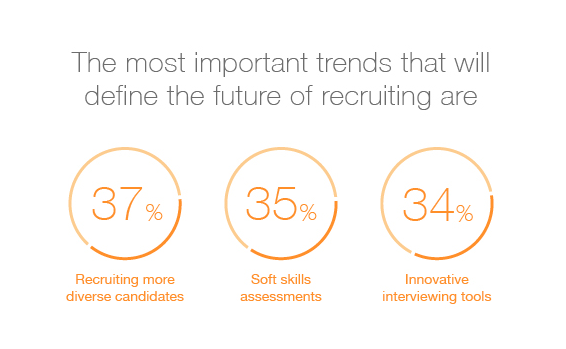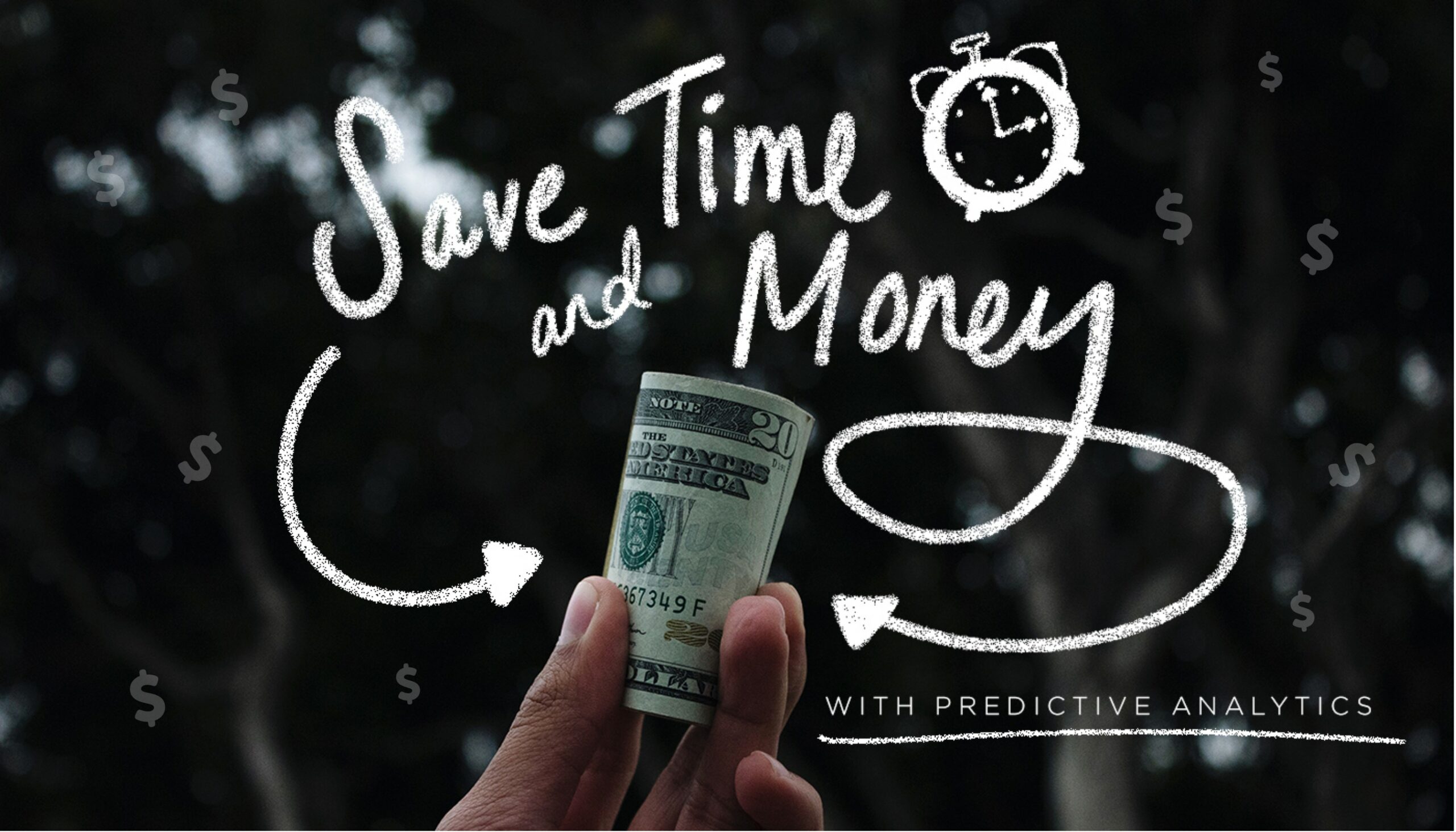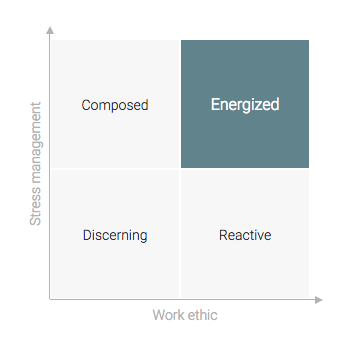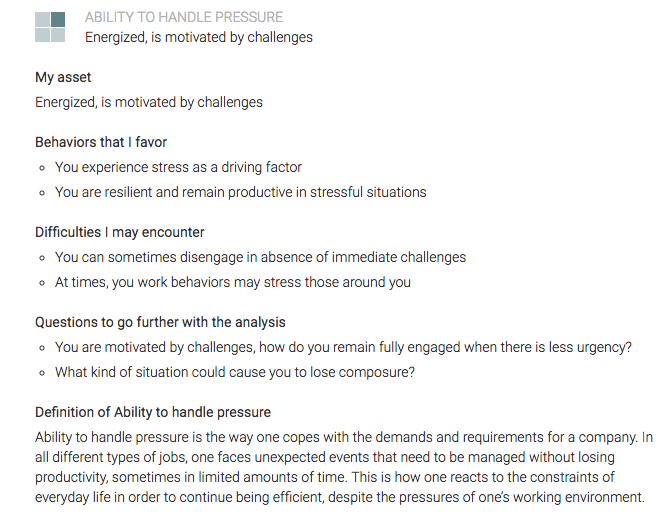Top 3 worldwide recruiting trends in 2017

We recently hosted Silicon Valley Recruiters Association (SVRA) at our San Francisco office. The highlight was the panel of 6 experts who spoke about the top problems recruiters face, the importance of data driven soft skills analysis, and the overall trends they foresee for recruiting in 2017 and beyond. Watch the full replay here.
Today we will be featuring the insights of panelist Sankar Venkatraman who has been the Group Product Marketing Manager at LinkedIn for the last five years.
Venkatraman presented data from LinkedIn’s 2017 Annual Global Recruiting Trends Report in which over 4,000 recruiters spanning 35 countries were interviewed about challenges they face, the trends that will define the future of recruiting, how they spend their budgets and where they would like to invest in the future.
Biggest Challenge Recruiters Face: Competition for Talent
According to LinkedIn, by far the greatest challenge recruiters face is competition for talent. Venkatraman simply described this as “how do I stand out in the workplace?” He talked about how he believes LinkedIn initially created this problem because it made it very easy for people to source and find people. The problem is no longer “how do I find a java engineer” but “how do I make it clear that my company is the best place for this java engineer?” He made an interesting connection between this problem and a future trend of recruiting, soft skills, connecting the dots of problem and potential solution, stating that “Talentobe is in the right space for the upcoming 5 years”. Understanding and valuing a candidate’s soft skills and professional motivators will be more important than ever when placing people in the right jobs.
Top Trends that Define the Future of Recruiting
In addition to the biggest challenges recruiters will face, Venkatraman walked us through the top trends projected by LinkedIn. He focused much of his attention on automation. The data shows that recruiters report limited headcount and budget yet hiring demands are growing. Let’s take a closer look at the top three trends you can expect to see in the next 5 years of recruiting.

1. Diversity of Candidates
Not only does hiring diverse candidates boost innovation and creativity in the workplace, but by focusing on diversity over time, recruiting success is increased. As we mentioned earlier, competition is the greatest challenge we face as recruiters, and research indicates that diversity attracts talent. According to a Glassdoor survey, two-thirds of people value diversity as important when deciding where to work, the numbers increasing up to 89% of minority job seekers.
It is important to implement this now as it takes time to build a diverse workforce; culture doesn’t pop up overnight. Having a diverse set of employees can also help decrease turnover rates. The same Glassdoor survey said the majority of people wish their employers were doing more to foster diversity — don’t let lack of diversity be the reason your talent is walking out the door early.
*We will be doing a follow up blog with more tips and tricks on how to recruit a diverse population as other panelists went into this in detail, stay tuned!
2. Soft Skills Assessment
When talking trends, soft skills assessment paired with automation were the meat and potatoes of Venkatraman’s presentation. He started by stating the obvious — recruiters are busy. Their teams typically aren’t growing while other teams at their companies’ are. What does this mean for recruiting trends? In this conversation, it boiled down to the screening process. Recruiters need less “noise”. According to Venkatraman, it’s not about how many applicants you have but how many quality applicants you have. Data can help reduce the workload of recruiters and narrow down the quantity of resumes to fewer quality candidates.
There are two main ways that data can help with screening. The more obvious being automated screening which we will get to next in our third vtrend, innovative interviewing tools. The second is that automation can offer a more precise soft skills assessment.
Understanding the hard skills of an individual is pretty straight forward. They have the skill, or they do not. But what is more important these days is an individual’s ability to learn. You can teach someone to code in Javascript but you cannot teach them to have a strong work ethic, how to lead or how to be creative. These are innate traits that are formed over the course of a lifetime, traits that would be nice to know about when hiring for your company. The future, as Venkatraman mentioned will rest on assessments that allow you to measure these traits quickly yet thoroughly.
3. Innovative Interviewing Tools
The other piece to the automation process is innovative interviewing tools. As we mentioned, automation is key. Venkatraman stated how it is imperative for efficiency that recruiters are not screening through millions of candidates for a single job. Automation brings speed and also minimizes human bias which may increase diversity (see how these are all related). Utilizing platforms like HireRight to automate background checks or Hireart to preform video screening of candidates are just a few examples of the tools out there to help simplify interview success.
To summarize, large companies will be focusing on big data to help them attract the most diverse and best talent in the future of recruiting. If you would like to watch the interview with Sankar Venkatraman or the full panel of talent speakers, you can watch here. Stay tuned for more blogs on the other panelists.
— Talentobe
Want valuable insights on your top recruits ? Start your free trial today and use predictive analytics and psychology to make smart hiring decisions. And if you like this post, please hit the ❤️ button below or give me a shout on Twitter.
Replacing an employee costs you 9 months of their salary

According to Zane Benefits, every time a business replaces a salaried employee, it costs 6 to 9 months of that person’s salary in recruiting and training costs. One way to lessen turnover (as well as save time and money!) is to use predictive analytics in assessing candidates during the hiring process.
Predictive analytics uses data to forecast future results. Forbes explains that companies have used predictive analytics to “predict trends, understand customers, improve business performance, drive strategic decision-making and predict (consumer) behavior”. Companies use this data to increase sales and decide on new products to develop, but they can also use predictive analytics in the hiring process. This type of data is key to understanding the personality traits and behavior profile of a potential employee, ensuring the candidate will be a long-term match for the company.
A study by Cornell University identified what traits should be reviewed using predictive analytics for recruiting executives in particular. They looked at two types of behavior orientations: resource-problem solving oriented and people-oriented. “The research found that the former group was key in predicting initial performance while the latter group was a more accurate predictor of future performance trends.”
In 2012, Wells Fargo started implementing predictive analytics for screening employees prior to hiring. By 2015, they screened over two million people and reported to Predictive Analytics Times that after studying retention rates, “teller retention improved by 15% and personal banker retention improved by 12%”.
While the need for predictive candidate assessments is critical, setting one up from scratch can cost up to $10,000 and take hours to administer! The good news for businesses of all sizes is that technology has evolved so that recruiters and Human Resource Managers can test thousands of people in only fifteen minutes for a small price per month by using a service like Talentobe Manager.
Talentobe can predict an individual’s behavior in the following categories: teamwork, ability to take initiative, management style, ability to handle pressure, reasoning style, communication style, and flexibility. Below is an example of a marketing specialist named Alex. Alex’s assessment shows that stressful situations energize her, and that under pressure, she’ll be motivated rather than put off by challenges.
An employer is never going to change an employee’s personality traits, but behaviors can be taught. Tools like Talentobe’s use objective, psychology-based screenings to provide employers critical information on candidates’ personalities and motivations. In this way recruiters and talent managers can best predict a candidate who will thrive in a particular role, and what training a great candidate might need to fill the gap to ensure long-term success.
Curious about how analytics can save you time? Start your free trial today and use predictive analytics to make smart hiring decisions. And if you like this post, please hit the ❤️ button below or give me a shout on Twitter.




